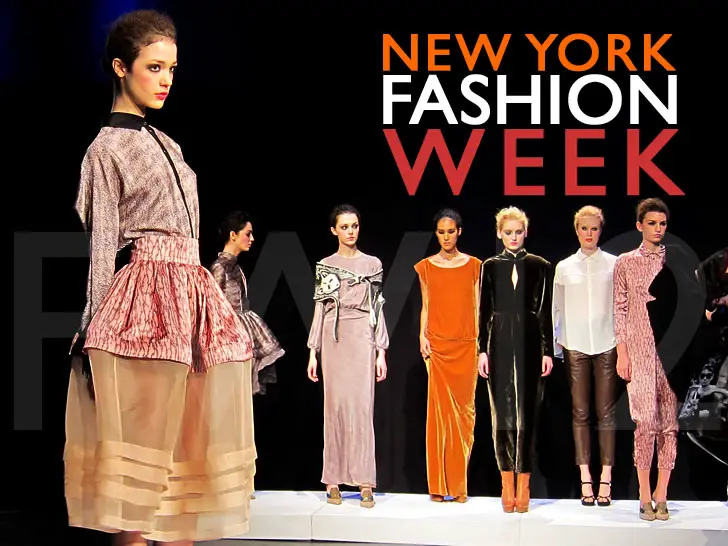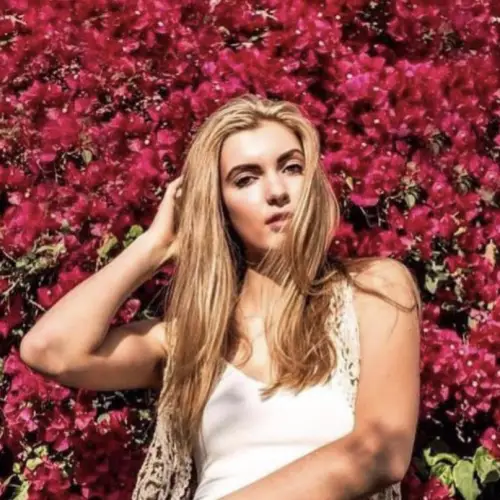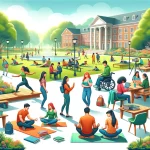New York this week is dictated by trends, designer fits and cattle calls as New York Fashion Week starts to roll in.
As much coverage of the event stop at the amazing street style or skincare routine of famous models, it is essential to take a look behind the curtain and discover what it takes for them to gain public appearance not only within any fashion week but also in the fashion industry as a whole.
After entering the fashion industry, I realized that the projected image, the glitz and glam of models, is simply a lie. Backstage is utter chaos: designers don’t know what they’re doing and most people don’t even speak English.
Weight loss is the most popular keyword among model agencies, but by how much not based solely on the agents but the industry as a whole. Sample sizes are ridiculously small, and the thinner the girl, the more celebrated she is.
I believe that with the growing acceptance of our communities, this selective nature of the industry simply does not fit. Objectification of models through assigning one size to all are turning living humans into walking mannequins with no regard for their personal story.
Who you are does not matter, your personality is irrelevant and the school you go to brings nothing but a name. All that the agency cares about is that your 33-inch hips would fit into anything that designers could throw at you.
An Industry Plagued With Mistreatment
Fashion weeks are supposed to be the dream of every model with all the coverage and publicity they may gain out of the event. However, when living with other models last year during September’s fashion week, I was surprised at the immense reluctance to be in New York during the season.
Twenty-plus castings a day, cigarettes for breakfast and a different time zone for each girl sharing the apartment, there are simply too many problems to be solved for any excitement to be held.
Based on a study conducted by the Model Alliance, approximately 70 percent of models suffer from anxiety or depression and 65 percent have been asked to lose weight by their agencies. Around 50 percent of models do fasts or cleanses to restrict their caloric intake over a certain period of time and 31 percent have had eating disorders.
Models have experienced nonpayment, abuse and unprofessional working conditions. In Feb. 2017, casting director of Paris Fashion Week, Rami Fernandes, kept models waiting in an unlit stairwell for several hours, spurring an uproar from models and other casting directors alike.
Social Media and A Voice to the Unvoiced
Social media platforms have essentially given those models a voice, a place to which they are able to speak their concerns and personal experiences, which is fueling positive changes in the fashion industry.
An example of how social media is influencing the fashion industry is the #MeToo movement. In light of the nationwide rally for women’s rights, the Fashion Week is changing to allow for more empowerment for women.
The experience is turning more motivational and applicable to all women on a global scale, at the same time not shying away from its darker sides, the first of which came out in The New York Times last month about “two dozen male models and assistants who worked with high-powered fashion photographers were subjected to molestation, sexual advances and unnecessary nudity.”
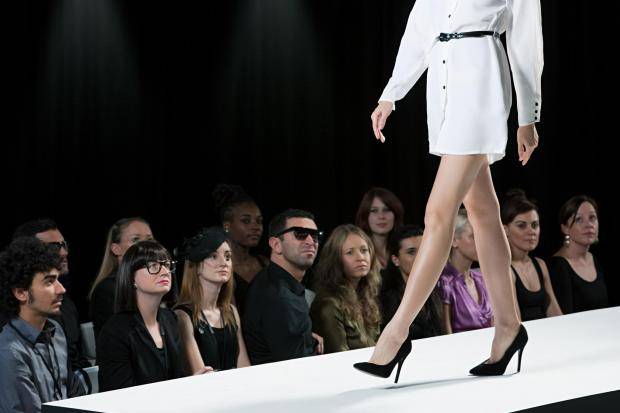
This is what the fashion industry, or any industry centered around the power of the few, is notorious for. People with large amounts of power seem to “dominate” the industry and abuse their power to take advantage of those looking to move up the ranks.
According to studies done by the Model Alliance, 77 percent of models have been exposed to drugs or alcohol when at a shoot. Overwhelmed by a fear of losing a potential career, models are constantly pressured into doing things that they are uncomfortable with, including drugs, alcohol and, in some cases, even sexual abuse. While they believe that they are advancing their career, they are truly victims.
Most models started working in the industry before the age of 16, so it is understandable that the industry they have been placed in would have a significant influence both on their perception of themselves as well as their perspective of the world. For models under the age of 18, it is rare that parents accompany them to castings or jobs.
When I was under 18, I saw it as unprofessional, not unsafe, to bring a parent to my jobs. I wanted to be seen as an individual; however, I did not consider the implications and safety risks of my actions.
Model Alliance and the Fight Against Abusive Practices
This year, New York Fashion Week is experiencing changes brought on by model-run organizations, specifically, the Model Alliance.
Founded in 2012 with the purpose of serving as some sort of protection to models from their own place of work, Model Alliance works to bring light to many of the issues models face and overall transparency to the industry, calling all to action both inside and outside the industry.
Through the years, the Model Alliance has guaranteed model’s basic rights during fashion week. It is unexpected and mildly concerning that in the middle of New York’s extravaganza, we still need to fight for such rights as included access to food, water, breaks, a minimum wage and temperature control at shows.
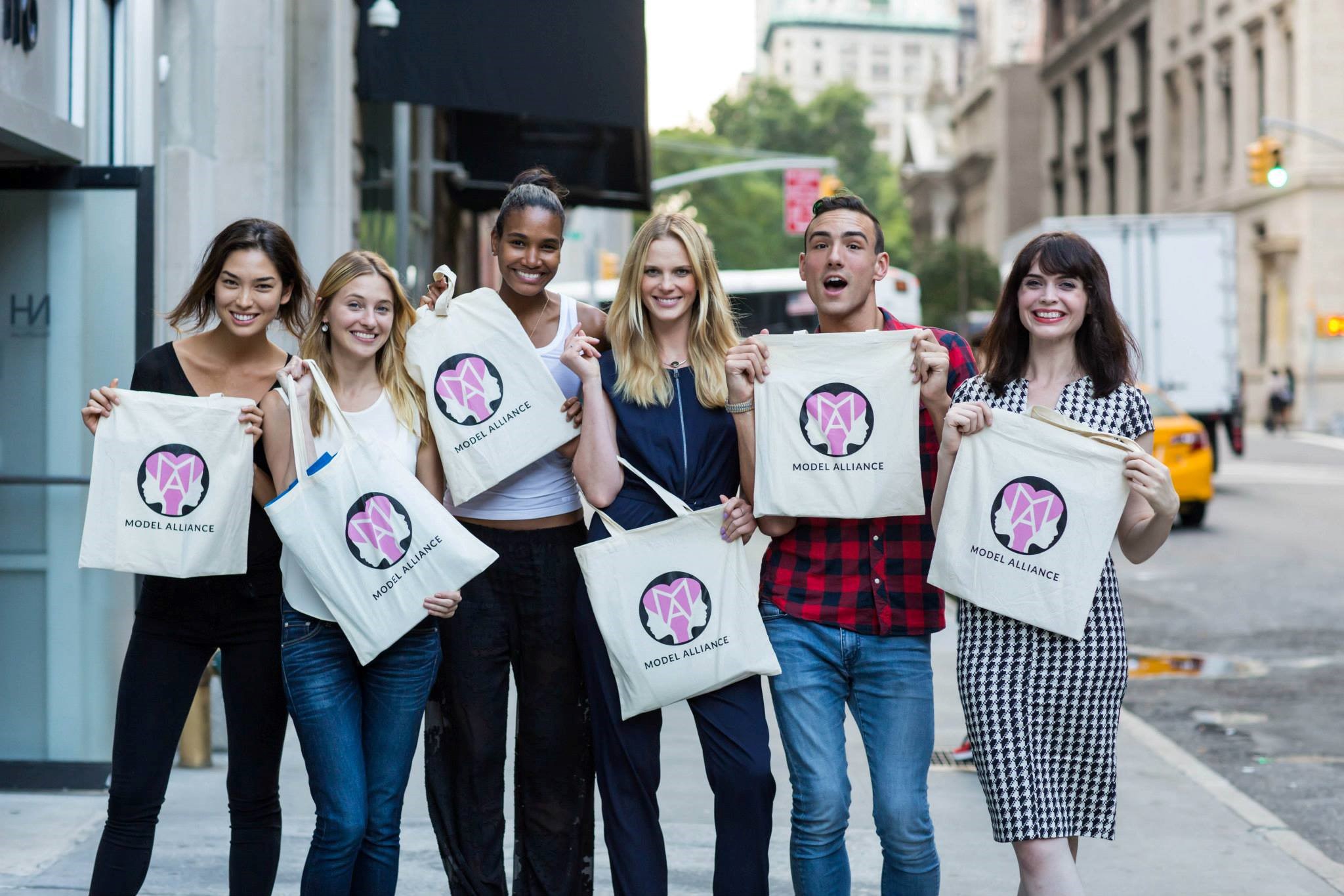
For years, “Models have expressed concerns about invasive photography while changing and lack of privacy backstage,” commented Sara Ziff, founder of Model Alliance.
This year, the Model Alliance partnered with the Council of Fashion Designers in America (CFDA) in order to create private changing areas for models working during New York Fashion Week. Ziff is furthering actions against the mistreatment of models and has even designed a survey to be completed at the end of this year’s Fashion Week in order to initiate improvement for next year.
The Model Alliance features programs of community engagement and education. They spread awareness about issues most commonly faced by models, including eating disorders, labor policy and mistreatment or assault within the industry. They continue to expand their influence to younger generations through giving talks at Columbia, Cornell, Fordham, Harvard, Princeton, NYU, Yale, among others.
The Model Alliance has expanded their influence overseas; regardless of the area of the world in which they are working, all models face the same problems.
The first legislative action has been taken in France in which agencies are prohibited from working with models that have a BMI under 18.5, which indicates healthy condition, making criminals of employers who choose to work with or encourage underweight models.
Israel and Denmark soon followed the initiative in ensuring the overall health of the models working within their country. In 2005, Spain set a standard of a BMI of 18 for all models working in its Fashion Week and in 2006 about one-third of models were turned away for failing this standard.
Although these measures are precautious, there is no way to consistently and accurately regulate the weight of all models unless they are all being weighed in the back of their shows or before their jobs. Furthermore, this legislation solely ensures the physical health of models with no mention or definitive measure of mental health.
No regulations regarding either mental or physical health of models exists in the U.S. and U.K. In the U.S., there have solely been “recommendations” about the age of models, stating that they “should” be over 16 in order to be working in Fashion Week.
We have implemented programs to keep those in the industry informed of eating disorders and health of models and recommend standard treatments during work, but no quantifiable measurement, such as the BMI, has been brought about.
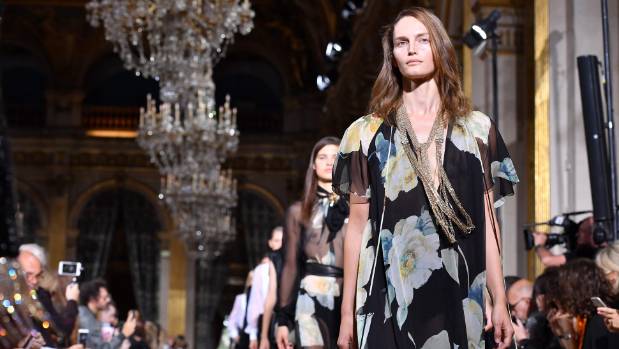
If the models are under 18, there must be increased supervision and restricted hours to ensure not only their health but also their future development. Changes in legislation would be the only way to fully protect the models; however, to maintain legislative cohesion will be challenging give that the fashion industry spans worldwide.
Mistreatment within the modeling industry is all too common in today’s society. Not only does it strikes are models with eating disorders and mental ailments, but it also put forward to the general public the ideal figures unattainable without internal conditions, malnutrition or Photoshop.
It’s not that agencies are perpetuating these stereotypes or elaborate on a necessity of being rail-thin, but they give advantage to those who aspire to lower weights and promotes the notion that being underweight is ideal.
Flaunting these stereotypes during fashion week is not only harmful to participating models but also to the general public who casts a jealous eye on those featured.


